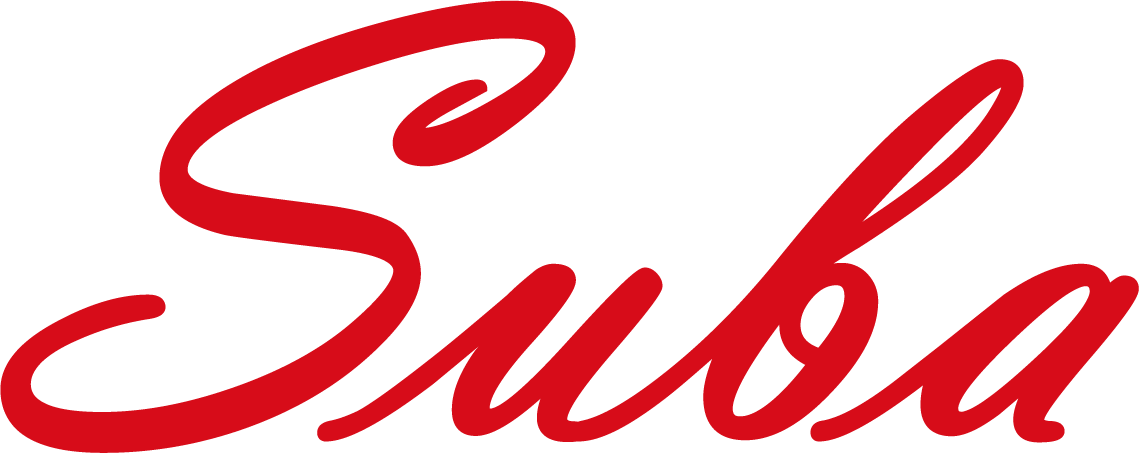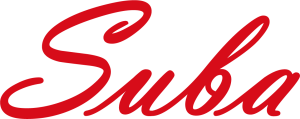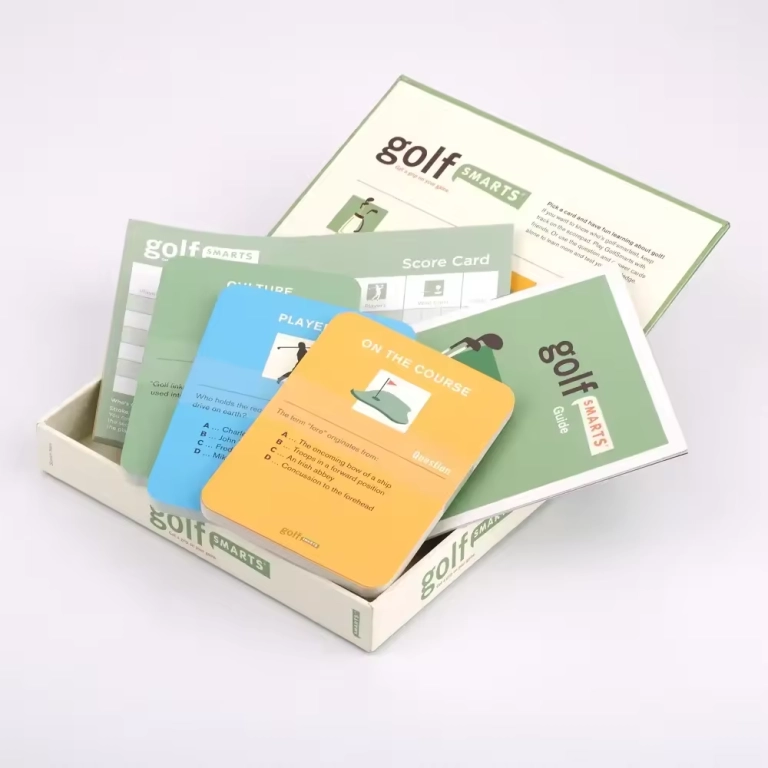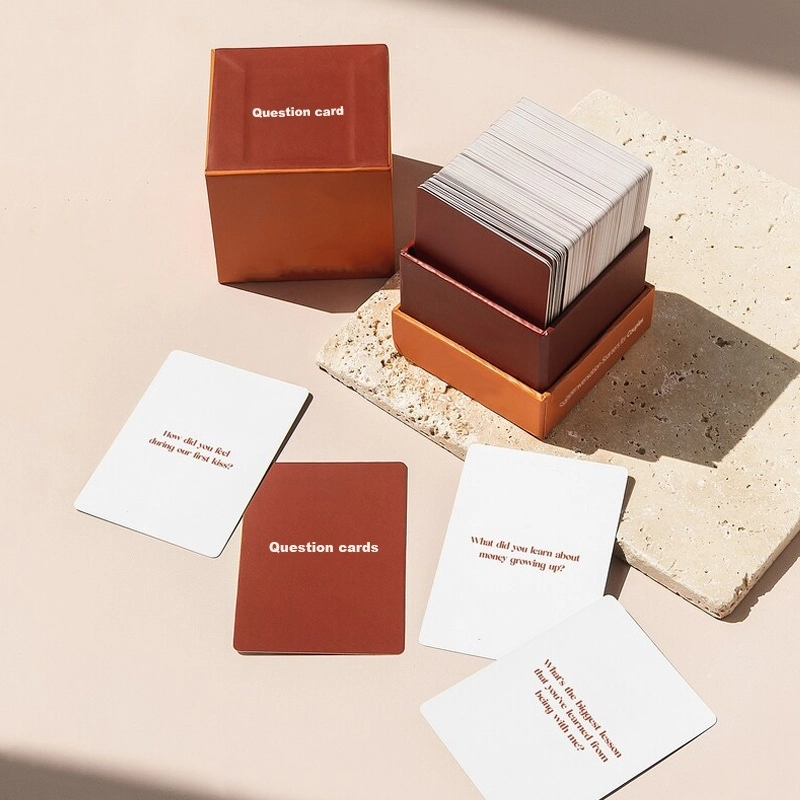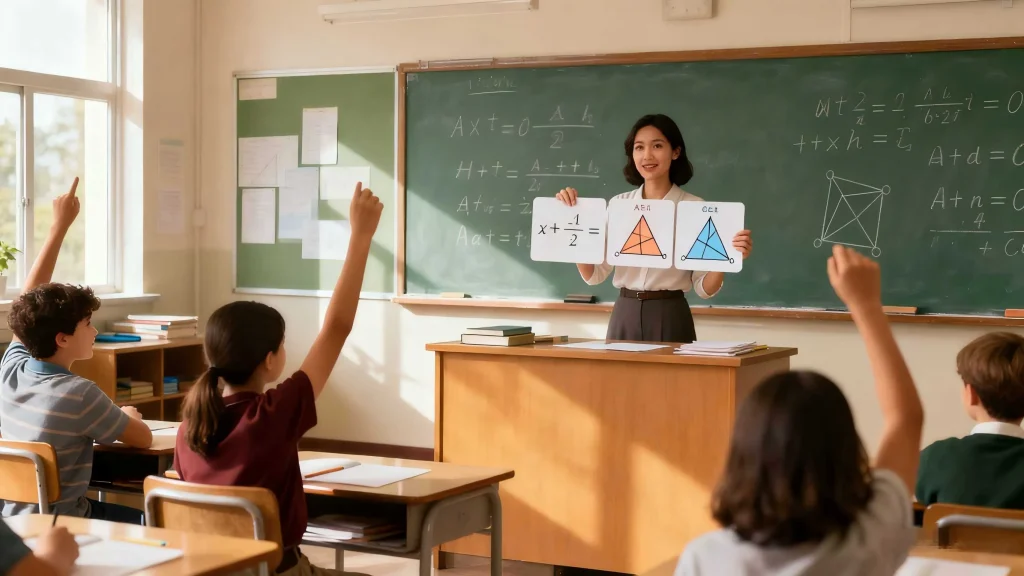
Ever sat through a lecture where the words just blurred together? Yeah, we’ve all been there. Passive learning – think endless slides or droning monologues – can leave even the sharpest minds zoning out. But flip the script to something hands-on, and suddenly everyone’s engaged. That’s where custom flash cards come in. These aren’t your grandma’s rote memory tools; they’re versatile powerhouses that can turn dull sessions into lively interactions. In this post, we’ll dive into how custom flash cards bridge that gap, with real-world tips and examples drawn from classrooms and corporate training rooms alike. Stick around – you might just find the spark your next session needs.
The Shift from Passive to Active Learning
Passive learning has its place. It’s efficient for dumping info, like when a teacher reads from a textbook or a trainer clicks through PowerPoint decks. But here’s the rub: retention rates plummet. Studies from the National Training Laboratories show that folks remember only about 5% of what they hear in a lecture. Ouch. Interactive methods? They bump that up to 75% or more when people get involved through discussion or practice.
Custom flash cards flip this dynamic. Instead of just absorbing facts, learners quiz each other, match concepts, or even build stories around the cards. Imagine a history class where students pair events with dates not by staring at a timeline, but by flipping cards in a group game. It’s not rocket science – it’s just smarter engagement. And honestly, in a world where attention spans are shrinking faster than ice caps, this shift keeps things fresh.
Why Custom Flash Cards Stand Out
Off-the-shelf flash cards are fine for basics, like ABCs or multiplication tables. But custom ones? They tailor-fit your needs. You design them around specific goals, whether it’s vocabulary for ESL students or compliance rules for new hires.
Take personalization. With custom flash cards, you embed your own images, questions, and answers. For a science class, one side might show a cell diagram; the flip reveals functions with a quirky fact thrown in – like how mitochondria are the powerhouse, but did you know they’re inherited from your mom? Little details like that stick.
They also encourage interactivity. Think group activities where teams compete to match terms fastest. Or solo drills that turn into self-paced challenges. Data backs this: a report from the Journal of Educational Psychology found that interactive tools like these boost comprehension by 20-30% over passive reading.
And let’s not forget durability. Quality custom flash cards use sturdy stock – say, 300gsm paper with a glossy finish – so they hold up to repeated handling. Rounded edges make them kid-friendly, too, if you’re in early education.
Real-World Applications in Classrooms
Picture a kindergarten room buzzing with energy. Kids aren’t glued to desks; they’re scattered on the floor, flipping alphabet flash cards. One card shows “A” with an apple illustration, the back lists words like “alligator” and “adventure.” It’s not just memorization – they’re shouting out stories, like “The alligator ate the apple!” Laughter ensues, and boom, letters lock in.
For older students, custom flash cards shine in subjects like biology or languages. A teacher might create sets on endangered species, with photos on one side and facts on the other. Kids play memory games, matching nocturnal animals to their habitats. Hands-on like this builds motor skills and confidence, as noted in early learning studies.
I’ve chatted with educators who swear by this. One middle school teacher shared how her custom science flash cards turned a flop unit on ecosystems into a hit. Students formed teams, used the cards for quizzes, and even designed their own additions. Test scores jumped 15%. Not bad for a simple tool.
But it’s not all smooth sailing. Sometimes kids get competitive – in a good way, mostly – but you have to guide them to keep it inclusive. That’s the human element; no tool’s perfect without a bit of facilitation.
Elevating Corporate Training Sessions
Training rooms aren’t immune to the passive trap. New employee orientations often feel like info overload. Enter custom flash cards: transform policy reviews into interactive drills.
For sales teams, cards could feature product specs on one side, customer scenarios on the back. Trainers deal them out, and groups role-play responses. It’s engaging, and it mimics real-life pressure without the stakes.
In safety training – say, for manufacturing – custom cards outline protocols with visuals. Flip to see hazard examples. A quick group match-up reinforces recall better than a video alone.
Companies report gains here, too. A survey by the Association for Talent Development showed interactive methods cut training time by 25% while improving retention. One firm I know used custom flash cards for compliance; error rates dropped noticeably in audits.
Sure, designing them takes upfront effort. But once done, they’re reusable gold. And if you’re dealing with remote teams, digital versions pair nicely with apps for virtual flips.
Tips for Designing Effective Custom Flash Cards
Ready to create your own? Keep it simple at first. Overloading cards kills the fun.
- Focus on Key Concepts:Pick 5-10 core ideas per set. For language training, that’s verbs or idioms; for math, formulas with examples.
- Incorporate Visuals:Use bold images or colors. Studies show visuals aid memory by 65%.
- Vary Formats:Mix question-answer, matching, or even prompts for discussion. Keeps things dynamic.
Here’s a quick table to guide material choices based on use:
| Use Case | Recommended Stock | Thickness Options | Why It Works |
| Classroom (Kids) | 300gsm White Core Paper | 1.2mm-1.5mm | Durable for little hands, glossy for easy wipe-down. |
| Corporate Training | 330gsm Black Core Paper | 1.8mm-2.0mm | Premium feel, resists wear from frequent use. |
| General Education | Custom Blue/Grey Core | Varies | Balances cost and quality for bulk sets. |
Size matters, too – 63x88mm fits pockets nicely for on-the-go review. And always test a sample; nothing worse than cards that stick together.
One quirky tip: Add humor. A funny meme or pun on a card can make tough topics approachable. Just don’t overdo it – professionalism first.
Introducing Suba: Your Trusted Custom Flash Cards Supplier
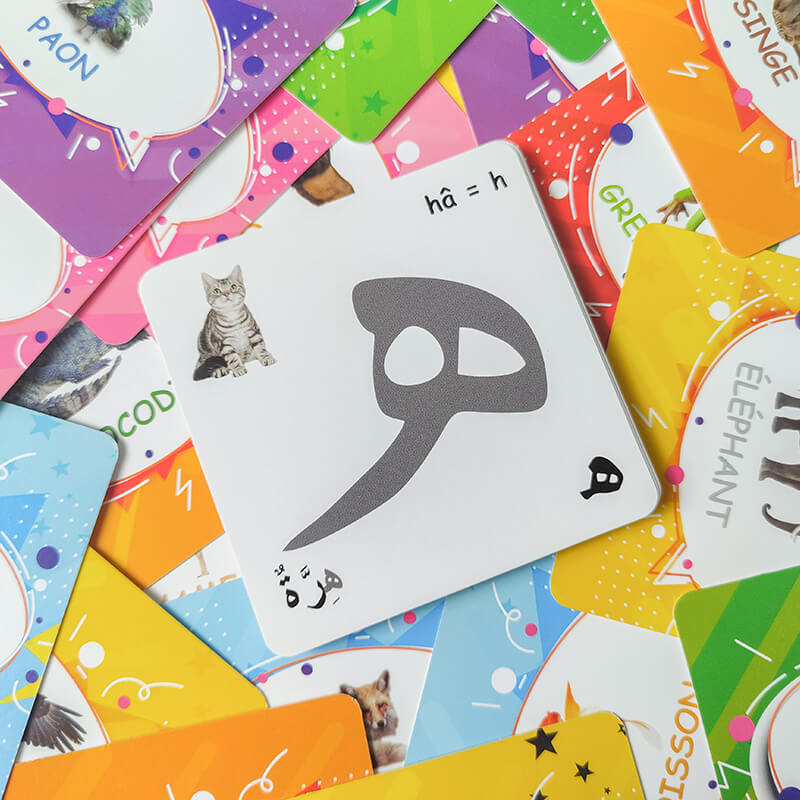
If you’re hunting for a reliable partner, look no further than Suba. Based out of a 20,000 square meter factory, they specialize in children’s educational cards, memory games, and more. With certifications like FSC, BSCI, and Disney approvals, quality’s baked in. Their team handles everything from design to delivery, offering options like CMYK printing on various paper stocks. Production capacity hits 300,000 sets monthly for card games, and they provide free plain samples to check quality upfront. Whether it’s alphabet sets for tots or science facts for older kids, Suba delivers tailored solutions that fit budgets without skimping on standards.
For any inquiries, please contact Jing Zhang at Super Printing And Binding Co., Ltd. via Mobile: +86 13632545781.
Conclusion
Switching from passive to interactive isn’t just a trend – it’s a game-changer for retention and enjoyment. Custom flash cards make it easy, turning routine sessions into memorable experiences. Whether in a bustling classroom or a quiet boardroom, they foster engagement that sticks. Give them a try; your learners will thank you.
FAQs
How can custom flash cards transform passive learning into interactive sessions in a classroom?
Custom flash cards encourage activities like group matching or quizzes, pulling students from just listening to actively participating. For instance, in a language class, flipping cards to build sentences gets everyone talking and laughing.
What makes custom flash cards more effective than standard ones for training programs?
They’re built around your specific content, like company policies or skills, making them relevant. Plus, with durable materials and fun visuals, they hold attention better – think 20% higher retention from hands-on use.
Are there any tips for integrating custom flash cards into daily lessons without disrupting the flow?
Start small: Use them for warm-ups or reviews. Mix in games to keep energy up, and always have backups for different group sizes. It’s about blending them seamlessly, not overhauling everything.
Can custom flash cards be adapted for different age groups or training levels?
Absolutely. For kids, add colorful illustrations; for adults, focus on scenarios. Sizes and thicknesses vary too, ensuring they’re practical for anyone from preschoolers to pros.
How do I ensure the quality of custom flash cards when ordering?
Look for suppliers with certifications like ISO9001. Request samples first – it lets you feel the paper and see the print quality before committing.
